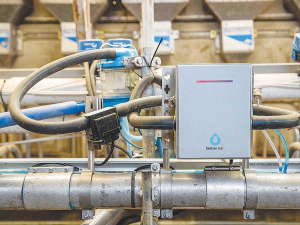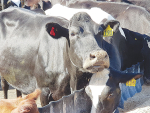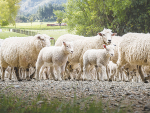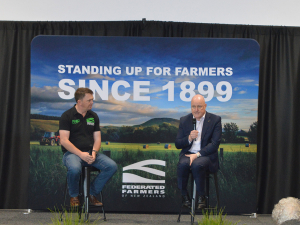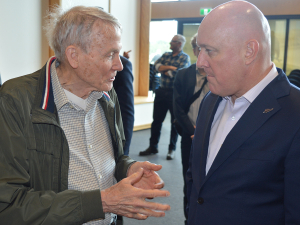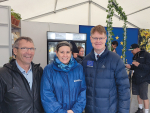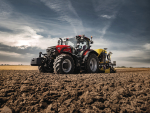MSD Animal Health has launched its comprehensive milk monitoring solution, under the SenseHub Dairy brand, for herringbone sheds following successful trials on Fonterra’s Te Rapa dairy farm in the Waikato.
The company says SenseHub Dairy MilkPlus and somatic cell count (SCC) in-line sensors will redefine herd management for herringbone shed owners, who make up 67% of all milking sheds in New Zealand.
Similar technology has been available for rotary systems through MSD Animal Health’s Protrack brand but correctly identifying each cow in a herringbone shed has not been previously possible, says Pauline Calvert, MSD Animal Health livestock business unit manager, New Zealand.
“Cows can be quite cheeky in a herringbone shed, often jostling for their preferred milking position after entering the platform, making it challenging to accurately match the correct cow to the correct bail and thus the correct milk sensor results. Our team has worked tirelessly to overcome these obstacles, maximising the accuracy of data matching and collation, and presenting it in easy-to-use, cloud-based software,” says Calvert.
The Herringbone system uses SenseHub Dairy photoelectric sensors placed above a purpose- built platform entrance chute. If a cow changes position after they enter the chute, SenseHub Dairy software enables the milker to reorder or rematch the cow to the correct bail.
SenseHub Dairy Milk- Plus allows farmers to monitor yield, protein, fat, lactose, blood, and conductivity for each cow, and the SenseHub Dairy SCC in-line sensors automatically perform a Rapid Mastitis Test (RMT) providing results within two minutes of cupping.
“SenseHub Dairy MilkPlus and SCC inline sensors give farmers hard data for every milking, so they know their best and worst performers throughout the entire season for better breeding, feeding, and culling decisions. It also means they can make faster, more informed bulk milk protection, udder health, and dry-off decisions,” says Calvert.
The system also uses a traffic light indicator based on the SCC level by showing green for no issues (low SCC), orange for may need attention, and red for an issue (very high SCC).
Chloe Jones, Fonterra Regional Farm operations manager – Upper North Island, says the trial at Fonterra’s Te Rapa dairy farm helped them identify and improve mastitis treatment in the 180-cow herd and reduce their mastitis cases.
The farm milks 180 cows over 70 hectares, producing an average of 82,000 kgMS per season.
“As the cows are milking, the team can look up and get a visual read on any cow needing attention through the light system. If they look up and see an orange light, it’s an indication that cow might have a bit of an infection coming on and it means we can take immediate preventative measures to sooth inflammation, aid natural healing or giving her extra care,” says Jones.
“If it’s red, this allows the team to identify the cow on the spot that has high SCC that day and make a decision for treatment or removal of the animal from the vat. As we have a big focus on milk quality and aim for 100% Te Tihi within Co- Operative Difference, this system is helping us to achieve our goals,” says Chloe.
Using the system after calving, the farm had a 55% reduction in clinical cases (5 clinical cases for this season) and was able to monitor and proactively manage 15 cows throughout the season without needing to treat them or strip the herd once.
“Thanks to the sensitivity of the sensors and early detection of any change in bulk SCC, we were able to take our observations to the next level assisting the team in keeping our SCC low and below the 150,000 threshold target we have for the farm throughout the season,” says Alge du Plessis, assistant farm manager.





